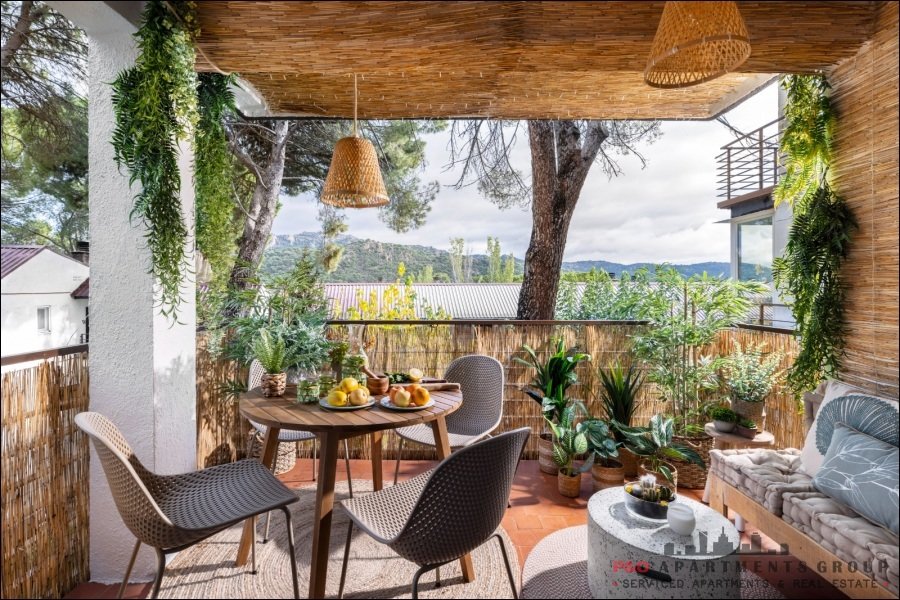Cadiz is the oldest city in western Europe with records suggesting that the city was occupied more than 3,000 years ago. The original Iberian settlers lived here an future civilizations of Greeks and Phoenicians were here. Cadiz was an important trading post for the Carthaginians and was occupied by the Romans before the Visigoths defeated them. The city projects out into the sea and has therefore always been important as a seafaring town which has always had strong ties with the African continent from where adventurers and merchants came and opened up the New World of the Americas.
Yet there is more to Cadiz than the city. The province of Cadiz covers over 7,000 square kilometres and has a coastline of 250km. Few tourists make it this far south into Spain and miss out on a region of outstanding natural beauty. From Sanlucar de Barrameda just below the national park of Doñana all the way along the coast as far as Sotogrande on the Costa del Sol you will find some of Spain's most beautiful golden beaches and little of the destruction of the environment associated with mass tourism along most of Spain's Mediterranean coastline.
Inland lie the "White Villages" (Pueblos Blancos) which are a series of small villages with chalk coated houses dating back to the Middle Ages. Arcos de la Frontera, Zahara de la Sierra, Grazalema and Setenil are ones we tend to visit on our private tours. Fascinating wildlife abounds in the interior with many species of eagles and vultures which make this a birdwatchers paradise. Around Medina Sidonia are large bull breeding farms where you can see these magnificent beasts in their natural environment.
Many towns in the area are called ' de la Frontera' which results from the period of the Reconquest when the border between the Christians and the Moors was constantly changing as the battle for territory took place. The most famous of these towns is Jerez de la Frontera whose regional airport is now a destination for a growing number of budget airlines jetting people in from abroad. Jerez is the world centre of the sherry industry and daily tours of the cellars (bodegas) is a popular activity as is a visit to the Royal Andalucian School of Equestrian Art where you can watch fabulous displays by the dancing horses.
HISTORY OF CADIZ
The city of Cadiz was originally named Gadir by the Phoenicians who founded its trading post in 1100 BC. It later became a thriving Roman port and in the early 16th century was a launching point for journeys to the New World.
The old walled city of Cadiz is Moorish in appearance, with its narrow cobbled streets and cathedrals that loom above long rows of white houses.
The historic city of Cadiz is situated on the end of a narrow, rocky peninsular jutting out into the Atlantic Ocean. According to legend Cadiz was founded by Hercules, although in reality the Phoenicians first established a settlement here around 1100BC, making this one of the oldest continuously inhabited cities in Europe. The Carthaginians, Romans, Visigoths and Moors all came and went, but it was not until the 18th century that Cadiz enjoyed its greatest period of wealth when it became an important centre for trade with the New World. Many of the town's fine neo-classical buildings were built during this time.
HISTORY OF CADIZ
Cadiz Cathedral, also known as Catedral Nueva ("New Cathedral") was built in the 18th century in the High Baroque style. Today the town centre of Cadiz is dominated by the distinctive yellow dome of the Nueva Catedral. Construction of this Baroque-style cathedral was started in 1722 but funds soon started to run low and the building was not finally completed until 1853. The crypt contains the tomb of the great composer Manuel de Falla. Next to Falla's birthplace in the Plaza de la Mina is the Cadiz Museum. Arranged over three floors, the museum contains a fine collection of paintings including works by Zurbaran, Rubens and Murillo. There's also a display of ancient Roman, Greek and Phoenician artifacts that have been excavated in the province. Another important museum is the Museo de las Cortes de Cadiz, which traces the story of the town's unsuccessful attempt to establish a democratic constitution in 1812 while Spain was at war with France.
BEACHES IN CADIZ
The main beach in Cadiz, Playa de la Caleta, is situated next to the Barrio de la Vina district of the old town. It's particularly beautiful at night when the enormous dragon trees are floodlit. The beach was used as the location for one of the James Bond films in which Halle Berry emerges Ursula Andress-like from the sea. Playa de la Caleta can get very crowded in the high season, so the large Playa de la Victoria beach is a better option if you want to do a spot of sunbathing. Nightlife in the town is not particularly exciting; most of the action takes place within the bars and discos located near the harbour.
FIESTAS IN CADIZ
Cadiz is famous for its February carnival, regarded as one of the biggest and best on the Spanish mainland. Many of the locals spend months preparing their costumes for this 10-day extravaganza, which is marked by a series of parades, concerts, processions and fancy-dress competitions. The carnival attracts revelers from across Andalucia, so accommodation is usually booked up well in advance for this event.
 English
English  Polski
Polski Español
Español Français
Français Italiano
Italiano Deutsch
Deutsch Українську
Українську
















